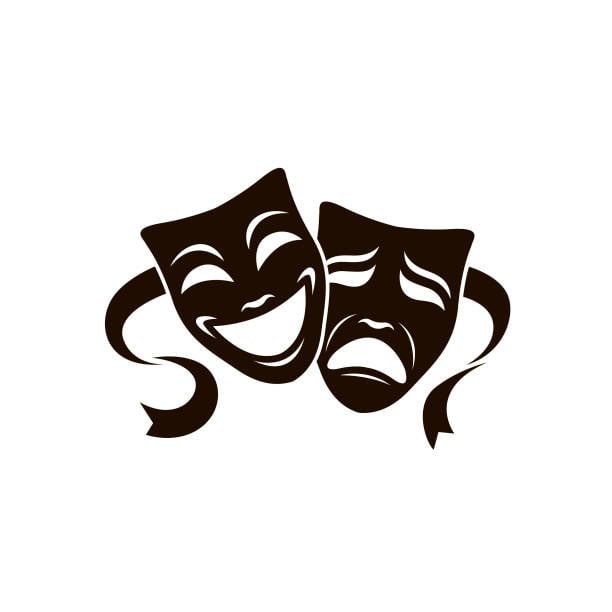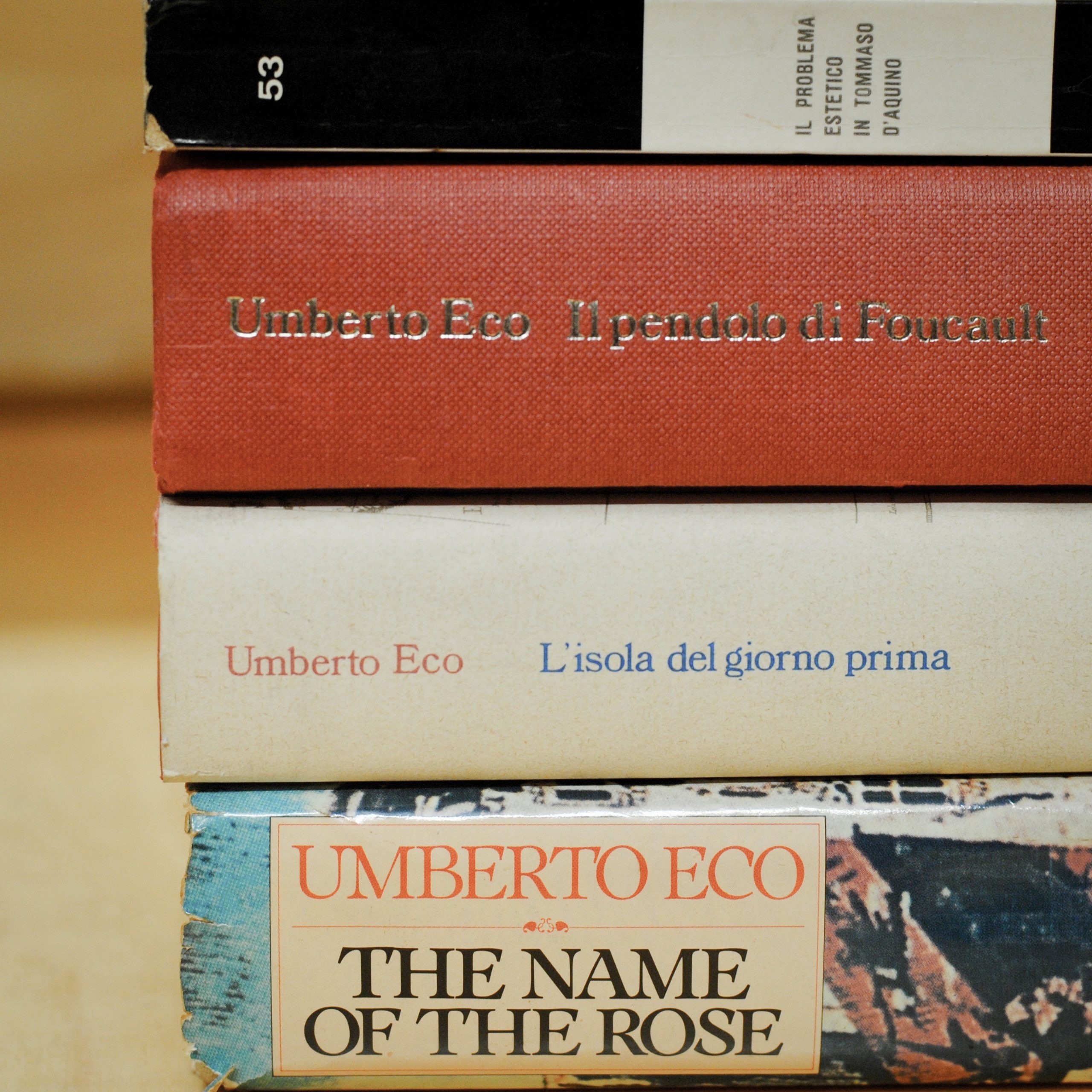The Comprehensive Guide to IB Visual Arts
Introduction
Welcome to the comprehensive guide to IB Visual Arts! The International Baccalaureate (IB) Visual Arts course is designed to develop students' artistic skills, critical thinking abilities, and understanding of the visual arts. In this guide, we will provide you with a detailed overview of the IB Visual Arts course, exam format, key components, and tips to excel in the course and achieve success on the IB exam.
Overview of IB Visual Arts
The IB Visual Arts course encourages students to explore and experiment with a wide range of artistic media, techniques, and concepts. It aims to develop students' technical skills, critical thinking abilities, and their understanding of the role and value of art in society. Students engage in both practical studio work and theoretical investigations, allowing them to develop a well-rounded approach to art-making and art analysis.
Exam Format
The IB Visual Arts exam consists of three main components:
-
Visual Journal: Students maintain a visual journal that serves as a record of their artistic development, creative ideas, research, and reflections throughout the course.
-
Process Portfolio: Students submit a selection of their best studio work along with accompanying process documentation, which demonstrates their artistic process, experimentation, and critical thinking skills.
-
Exhibition: Students curate a final exhibition of their artwork, showcasing their technical skills, conceptual understanding, and ability to communicate their artistic ideas to an audience.
Course Components
The IB Visual Arts course consists of three interconnected components:
-
Visual Journal: The visual journal is a personal space where students document their artistic journey. It includes sketches, photographs, research notes, artist influences, reflections, and any other materials that inform their creative process.
-
Process Portfolio: The process portfolio is a selection of the student's studio work, supported by documentation that shows their artistic process. It includes sketches, photographs, experiments, drafts, and annotations that explain the context, development, and intention behind the artworks.
-
Exhibition: The exhibition is the culmination of the course where students curate and present their artworks in a coherent and meaningful way. The exhibition showcases their technical skills, conceptual understanding, and ability to communicate their artistic ideas effectively.
Visual Journal
The visual journal serves as a visual diary of the student's artistic exploration and development. Here are some key aspects to consider:
-
Observational Drawings: Students should practice observational drawing as it helps develop their ability to perceive and represent visual elements accurately.
-
Research and Reflection: The visual journal should include research on artists, art movements, and cultural contexts. Students should also reflect on their own artwork, noting their thoughts, insights, and challenges faced during the artistic process.
-
Experimentation: Encourage experimentation with different media, techniques, and styles. Students should use the visual journal to document their experiments and discoveries, noting what works and what doesn't.
Process Portfolio
The process portfolio showcases the student's artistic process and critical thinking skills. Here are some key considerations:
-
Artistic Development: The portfolio should demonstrate the student's growth and development as an artist. It should include evidence of experimentation, risk-taking, and the exploration of different artistic techniques and media.
-
Annotation and Reflection: Students should annotate their artworks, explaining the conceptual ideas, artistic decisions, and influences behind their work. Reflections on the successes, challenges, and future directions should also be included.
-
Documentation: Proper documentation of the artistic process is essential. Students should capture photographs of their artworks at different stages, including preparatory sketches, experiments, and drafts.
Exhibition
The exhibition is the final showcase of the student's artworks. Here are some key considerations:
-
Curatorial Vision: Students should develop a clear curatorial vision for their exhibition. They should consider the themes, connections, and narratives that will guide the presentation of their artworks.
-
Presentation and Display: Students should carefully consider the presentation and display of their artworks, including framing, lighting, and arrangement. The exhibition should be visually engaging and communicate the artist's intended message effectively.
-
Artist Statement: Each artwork in the exhibition should be accompanied by an artist statement that provides insights into the conceptual ideas, artistic processes, and intended meanings behind the work.
Preparing for the IB Exam
To excel in the IB Visual Arts exam, consider the following strategies:
-
Understand the Assessment Criteria: Familiarize yourself with the assessment criteria provided in the IB Visual Arts guide. The criteria outline the specific requirements for each component and the qualities that examiners look for in assessing your work.
-
Time Management: Develop a realistic timeline for completing the visual journal, process portfolio, and exhibition. Allocate sufficient time for brainstorming, research, experimentation, and reflection.
-
Seek Feedback: Regularly seek feedback from your visual arts teacher, peers, and even external mentors or artists. Their constructive criticism can help you refine your artistic skills and enhance the quality of your work.
-
Experiment and Explore: Don't be afraid to experiment with different artistic techniques, media, and styles. Push the boundaries of your creativity and explore new artistic avenues.
-
Engage with Art: Immerse yourself in the art world by visiting galleries, museums, and exhibitions. Analyze the work of established artists and gain inspiration from their artistic approaches and concepts.
-
Practice Self-Reflection: Regularly reflect on your artistic process, strengths, and areas for improvement. Use self-reflection as a tool for growth and development as an artist.
Tips for Success
Here are some additional tips to succeed in IB Visual Arts:
-
Stay Organized: Keep your visual journal, process portfolio, and exhibition materials well-organized. Develop a system that allows easy access to your research, sketches, and reflections.
-
Embrace Constructive Criticism: Be open to receiving constructive criticism and use it as an opportunity to refine your artistic skills and ideas. Remember that feedback is essential for growth.
-
Develop a Personal Style: Experiment with different artistic techniques and media to find your unique artistic voice and style. Allow your personal experiences and interests to influence your artistic choices.
-
Seek Inspiration from Diverse Sources: Look beyond your immediate surroundings for inspiration. Explore diverse cultures, histories, and perspectives to broaden your artistic horizons.
-
Stay Curious and Inquisitive: Keep exploring new ideas, concepts, and artistic approaches. Stay curious, ask questions, and remain engaged with the art world around you.
FAQs
-
Q: Can I use digital media in my artworks? A: Yes, you can use digital media in your artworks. The IB Visual Arts course encourages experimentation with a wide range of artistic techniques and media, including digital art.
-
Q: Can I include collaborative works in my exhibition? A: Yes, you can include collaborative works in your exhibition. However, it is important to clearly articulate your role and contribution in the collaborative process.
-
Q: Can I explore different art forms in my visual journal? A: Absolutely! The visual journal is a space for exploration and experimentation. You can explore various art forms, such as painting, sculpture, photography, printmaking, and more.
-
Q: How many artworks should I include in my process portfolio? A: The number of artworks to include in your process portfolio may vary. Focus on quality rather than quantity. Include a selection of artworks that demonstrate your artistic development and showcase your best work.
-
Q: Can I include artworks that I created before starting the IB Visual Arts course? A: Yes, you can include pre-existing artworks in your process portfolio and exhibition. However, make sure to contextualize them within your artistic journey and provide reflections on how they have influenced your current work.
Conclusion
The IB Visual Arts course offers a unique opportunity for students to develop their artistic skills, critical thinking abilities, and understanding of the visual arts. By following this comprehensive guide, engaging in creative exploration, and embracing the assessment criteria, you can excel in the course and confidently navigate the IB Visual Arts exam.

 By
By


